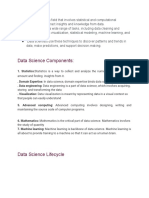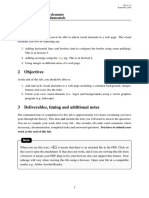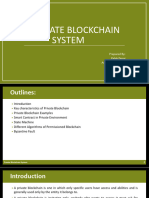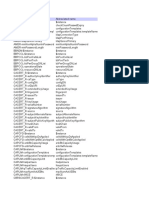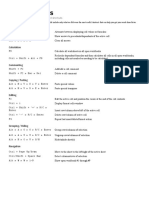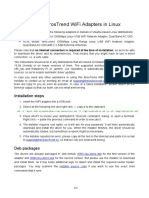0% found this document useful (0 votes)
34 views4 pages00 Introduction To Data Science
Data Science is an interdisciplinary field that utilizes scientific methods, algorithms, and systems to extract insights from data, combining statistics, mathematics, computer science, and domain knowledge. Its goals include discovering patterns, making data-driven decisions, and providing business insights, with applications across various industries such as finance, healthcare, and e-commerce. The evolution of Data Science has been marked by significant technological advancements, leading to its necessity in today's data-driven world.
Uploaded by
Eugin LopezCopyright
© © All Rights Reserved
We take content rights seriously. If you suspect this is your content, claim it here.
Available Formats
Download as PDF, TXT or read online on Scribd
0% found this document useful (0 votes)
34 views4 pages00 Introduction To Data Science
Data Science is an interdisciplinary field that utilizes scientific methods, algorithms, and systems to extract insights from data, combining statistics, mathematics, computer science, and domain knowledge. Its goals include discovering patterns, making data-driven decisions, and providing business insights, with applications across various industries such as finance, healthcare, and e-commerce. The evolution of Data Science has been marked by significant technological advancements, leading to its necessity in today's data-driven world.
Uploaded by
Eugin LopezCopyright
© © All Rights Reserved
We take content rights seriously. If you suspect this is your content, claim it here.
Available Formats
Download as PDF, TXT or read online on Scribd
/ 4










